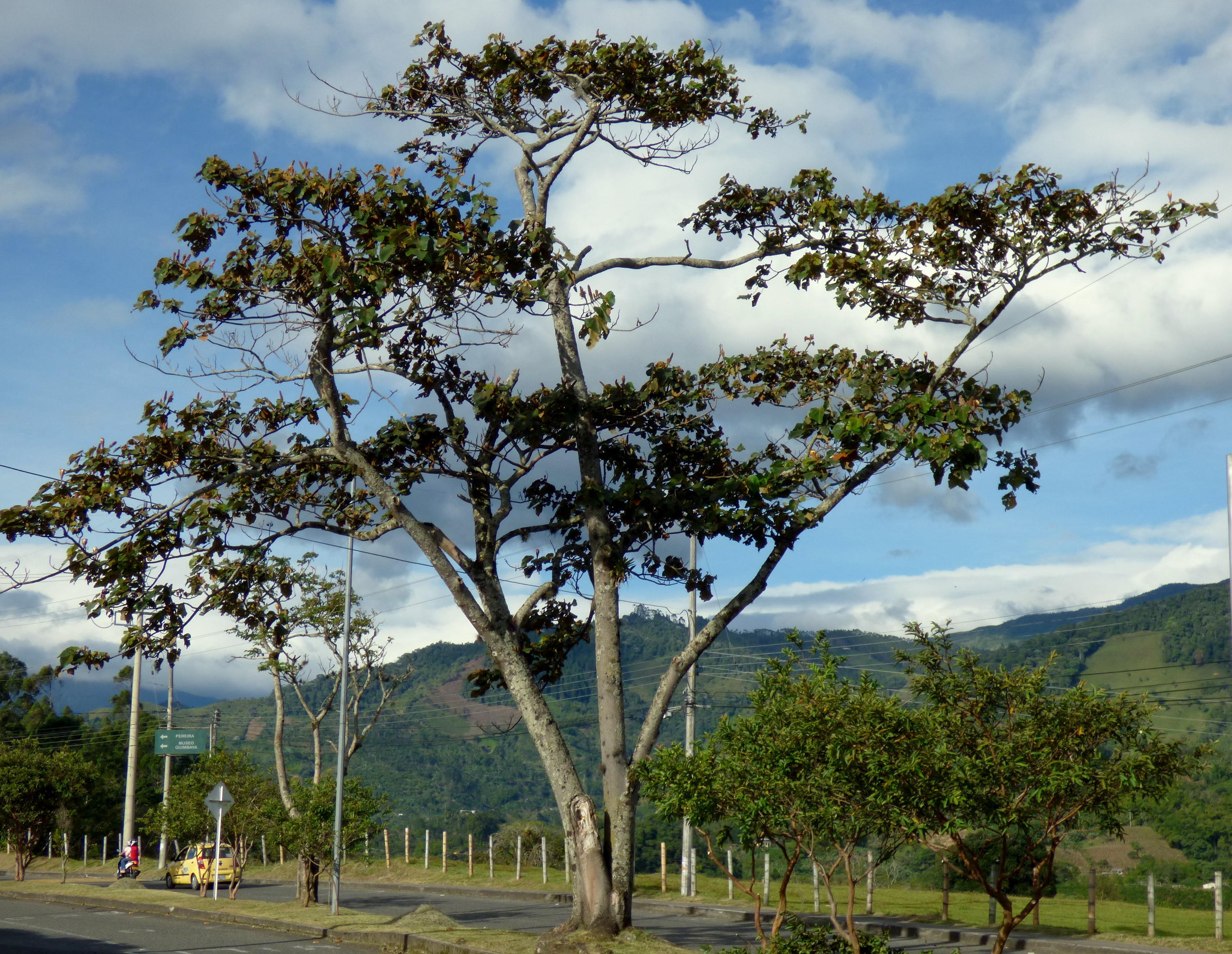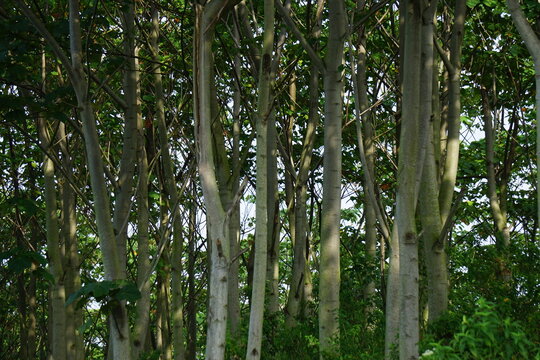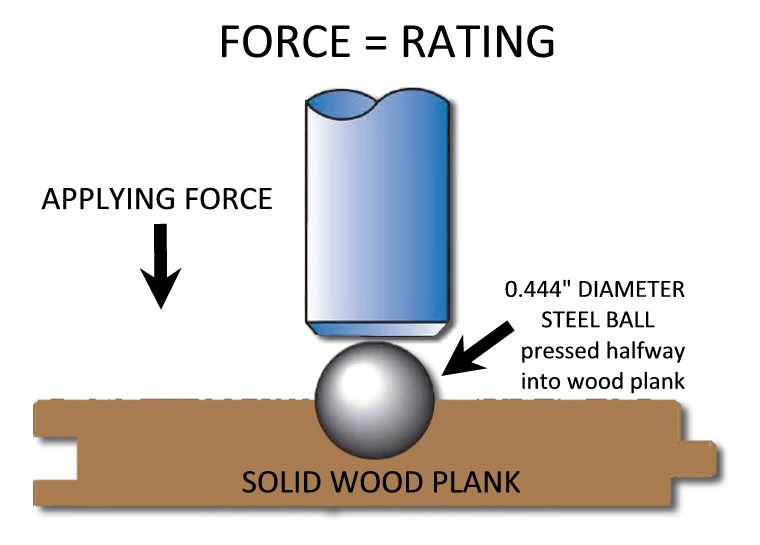Did you know that wood is one of the oldest and most versatile materials used by humans? Forests around the globe offer an incredible diversity of wood types. These range from the towering conifers, like pines and firs, which typically yield softwoods, to the slower-growing deciduous trees, such as oak and maple, which produce hardwoods. But within this incredible variety, which wood holds the title for the softest? At the other end, Australian Quebracho wood is famous as one of the hardest woods in the world. For sheer size, the Giant Sequoia claims the title for the largest wood volume from a single tree. And did you know there's a wood so prized for its aroma that it's been used in temples for centuries, like Sandalwood?
Do you know which wood is so light and buoyant that it was used to make the original life preservers? It's also incredibly fast-growing. In this article, we'll take a look at the contender for the title of the softest wood in the world and explore what makes it so unique.
ALSO READ| Which is the Hardest Wood in the World?
What Is The Lightest And Softest Wood In The World?

The lightest and softest wood in the world is undoubtedly Balsa. Its scientific name is Ochroma pyramidale. This remarkable wood is native to the tropical forests of Central and South America, particularly Ecuador. It grows very fast, which contributes to its low density. When harvested, the wood has a creamy white to tan colour and a very coarse, open grain that feels almost spongy to the touch.
| Feature | Description |
| Scientific Name | Ochroma pyramidale |
| Common Name | Balsa (Spanish for "raft") |
| Classification | Softest commercially available wood (from a broadleaf/hardwood tree) |
| Native Region | Tropical forests of Central and South America (particularly Ecuador) |
| Appearance | Creamy white to tan colour; coarse, open grain; spongy feel |
| Density | Extremely low; sometimes less than 100 kg/m³ (Lighter than cork!) |
| Primary Uses | Model building (aircraft, crafts), insulation, core material in lightweight composites (e.g., wind turbine blades) |
| Growth Rate | Very fast (reaches maturity in 5–7 years) |
It's primarily used in model building (aeroplanes, crafts), insulation, and as a core material in lightweight composites, such as wind turbine blades. Its extremely low density, sometimes less than 100 kg/m³, makes it lighter than cork. In fact, the name "balsa" comes from the Spanish word for "raft", a testament to its remarkable buoyancy and light weight.
FOR YOU| List of 9 Animals with the Hardest Shell (and Armour) in the World
10 Lesser-known Facts about Balsa Wood

- Balsa can reach maturity in 5–7 years.
- Though it comes from a broadleaf tree, it's classified as the softest commercially available wood.
- Used extensively during World War II for life rafts and as insulation in refrigerated cargo ships.
- Balsa is highly buoyant, making it perfect for floats and life preservers.
- It has good acoustic and vibration-damping properties.
- Due to its light weight, it's occasionally used as a substitute for cork.
- The large cells that make the living tree light are filled with water.
- It is the standard material for hobby model aircraft construction.
- Primarily harvested from plantations in Ecuador.
- The Balsa tree produces large, beautiful white or pale yellow flowers.
IN CASE YOU MISSED| What is the Hardest Natural Substance on Earth
List of Top 10 Softest Woods in the World

According to The Wood Database, here's the list of the softest woods in the world:
| Rank | Wood Name | Scientific Name | Janka Hardness (lbf) | Janka Hardness (N) | Description & Key Use |
| 1 | Balsa | Ochroma pyramidale | 90 | 390 | The absolute softest and lightest commercial wood. Widely used for insulation, flotation/buoyancy, and specialised applications. |
| 2 | Paulownia | Paulownia spp. | 260 | 1,160 | Known as "The other Balsa", this hardwood approaches Balsa's extreme lightness and softness. |
| 3 | Balsam Poplar | Populus balsamifera | 300 | 1,330 | A soft wood related to Cottonwood and Aspen, notable for its unique scent when freshly cut. |
| 4 | European Silver Fir | Abies alba | 320 | 1,420 | The softest of the Abies (Fir) species and one of the softest softwoods available. |
| 5 | Northern White Cedar | Thuja occidentalis | 350 | 1,560 | One of the softest cedars and conifers; closely related to Western Red Cedar. |
| 6 | Subalpine Fir | Abies lasiocarpa | 350 | 1,560 | Among the softest of the Fir species, second only to European Silver Fir. |
| 7 | Yellow Buckeye | Aesculus octandra | 350 | 1,560 | Its lumber serves as utility wood, but its decorative burl sections are valued for electric guitars and speciality objects. |
| 8 | Atlantic White Cedar | Chamaecyparis thyoides | 350 | 1,560 | Also known as Southern White Cedar, it shares the same hardness value as Northern White Cedar. |
| 9 | Black Cottonwood / Quaking Aspen | Populus tremuloides and P. trichocarpa | 350 | 1,560 | These two closely related species have identical hardness. Aspen is sometimes used for general utility lumber. |
| 10 | Western Red Cedar | Thuja plicata | 350 | 1,560 | A common choice for guitar soundboards, though its softness requires careful handling during construction to prevent damage. |
Key Takeaways
- Balsa reigns supreme as the lightest and softest commercial wood, with a Janka hardness of just 90 lbf.
- All woods with a Janka rating of 350 lbf or less are considered exceptionally soft.
- The list includes both softwoods (like the Firs and Cedars) and surprisingly soft hardwoods (like Balsa, Paulownia, Poplar, and Buckeye).
MUST READ| List of Top 10 Hardest-Working Countries in the World
How is the Hardness of the Wood Measured?

The hardness of wood is primarily measured using the Janka Hardness Test. This test gives you a standard, reliable number that indicates how resistant a piece of wood is to denting or wear.
How the Janka Test Works
The process for measuring wood hardness is surprisingly straightforward:
- The Tool: A small, perfectly sized steel ball (about 0.444 inches or 11.28 mm in diameter) is used.
- The Action: A machine presses this steel ball straight down into a clean, flat sample of the wood.
- The Measurement: The machine records the exact force (or pressure) required to push the steel ball halfway into the wood's surface. This force is the wood's Janka Hardness Rating.
Understanding the Numbers

The Janka rating is expressed in units of force, most commonly pounds-force (lbf) in the United States or Newtons (N) internationally.
- Higher Number = Harder Wood: A high rating means it takes a lot of force to dent the wood, so it's very durable.
- Lower Number = Softer Wood: A low rating means less force is needed to dent it, so it's softer and more prone to wear.
Example: Comparing Hardness
| Wood Type | Janka Rating (lbf) | Real-World Meaning |
| Balsa | 90 | Very soft; dents easily with a fingernail; used for models. |
| Red Oak | 1,290 | A standard benchmark for flooring; tough enough for average homes. |
| Ipe / Brazilian Walnut | 3,680 | Extremely hard; resists almost all scratching and denting; perfect for high-traffic commercial areas. |
Why This Matters
The Janka rating is vital for knowing how a specific wood will behave. It's beneficial for:
- Flooring: It helps homeowners choose a wood that can withstand pets, dropped objects, and foot traffic.
- Woodworking: It helps builders predict how difficult the wood will be to saw, nail, or sand. Harder woods can be more challenging to work with and can dull tools faster.
WHAT'S NEXT| List of 10 Hardest Countries to Get Citizenship in the World (Updated 2025)
Comments
All Comments (0)
Join the conversation